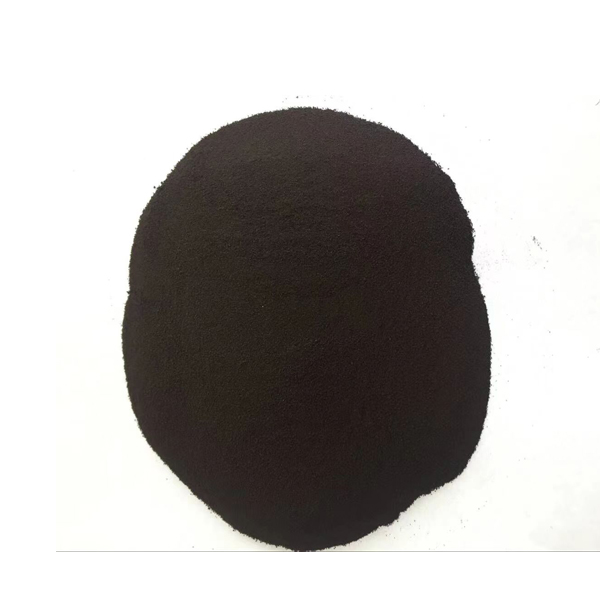
News
Dec . 07, 2024 07:20 Back to list
chelating agent endo
The Role of Chelating Agents in Endodontic Therapy
Endodontic therapy, commonly known as root canal treatment, is a crucial dental procedure aimed at eliminating infection, preserving tooth structure, and ensuring a healthy oral ecosystem. Among the various techniques and materials employed in this field, chelating agents play a significant role. These compounds enhance the effectiveness of endodontic procedures by facilitating the removal of debris and creating an optimal environment for healing. This article delves into the nature of chelating agents, their mechanisms of action, and their applications in endodontics.
Understanding Chelating Agents
Chelating agents are chemical compounds that can bind to metal ions, forming stable complexes that aid in their removal from biological systems. In the context of endodontics, the primary goal of using chelating agents is to effectively remove inorganic components, such as calcium and dentin debris, during tooth preparation. By doing so, these agents enhance the cleaning and shaping of the root canal system, paving the way for better disinfection and obturation.
One of the most commonly used chelating agents in endodontics is ethylenediaminetetraacetic acid (EDTA). This compound is favored for its ability to chelate calcium ions, which helps dissolve the inorganic matrix of dentin. When EDTA is applied to the canal walls, it effectively disrupts the mineral content, making it easier to clean and shape the canal. The activation of these agents is typically achieved through irrigation, allowing them to penetrate the intricate anatomy of the root canal system.
Mechanisms of Action
The chelating action of agents like EDTA is primarily based on their ability to form coordinate bonds with metal ions. In a dental context, this means that the chelating agent interacts with calcium ions, displacing them and effectively demineralizing the dentin. This process not only aids in cleaning the canal but also enhances the overall biocompatibility of the treated tissue.
Moreover, chelating agents also contribute to the hydration of dentin surfaces. This is vital for the bonding process during root canal sealing, as it creates a suitable interface for adhesive materials to interact with. The improved wettability resulting from the use of chelating agents allows for enhanced adhesion of filling materials, thereby reducing the chances of leakage and subsequent reinfection.
chelating agent endo

Applications in Endodontics
The application of chelating agents in endodontics extends beyond mere cleaning. They are also useful in various stages of root canal therapy, including
1. Irrigation Chelating agents are commonly used in conjunction with other irrigants such as sodium hypochlorite. The combination enhances the solubility of organic and inorganic debris, promoting thorough cleaning of the canal system.
2. Prepping Dentin Surfaces Chelators play a pivotal role in preparing dentin surfaces for the placement of restorative materials. This preparation ensures a strong bond, which is crucial for the longevity of the restoration.
3. Disinfection By aiding in the removal of the smear layer created during mechanical instrumentation, chelating agents help in exposing dentin tubules, allowing disinfectants to penetrate more effectively, thereby reducing microbial load.
4. Retreatment Procedures In cases where previous root canal therapies have failed, chelating agents are vital in the retreatment process, allowing for effective removal of gutta-percha and other filling materials.
Conclusion
The use of chelating agents like EDTA in endodontic therapy represents a significant advancement in dental practice. These agents not only facilitate better cleaning and shaping of root canals but also improve the overall success rates of endodontic procedures. As dental research continues to evolve, the development of new and more efficient chelating agents may further enhance their role in ensuring optimal outcomes for patients. Understanding the importance of these compounds underscores the need for dental professionals to stay informed about advances in materials and techniques that improve the quality of care in endodontics. In sum, chelating agents epitomize the intersection of chemistry and clinical practice, illustrating the ever-evolving nature of dental science.
-
Polyaspartic Acid Salts in Agricultural Fertilizers: A Sustainable Solution
NewsJul.21,2025
-
OEM Chelating Agent Preservative Supplier & Manufacturer High-Quality Customized Solutions
NewsJul.08,2025
-
OEM Potassium Chelating Agent Manufacturer - Custom Potassium Oxalate & Citrate Solutions
NewsJul.08,2025
-
OEM Pentasodium DTPA Chelating Agent Supplier & Manufacturer High Purity & Cost-Effective Solutions
NewsJul.08,2025
-
High-Efficiency Chelated Trace Elements Fertilizer Bulk Supplier & Manufacturer Quotes
NewsJul.07,2025
-
High Quality K Formation for a Chelating Agent – Reliable Manufacturer & Supplier
NewsJul.07,2025
